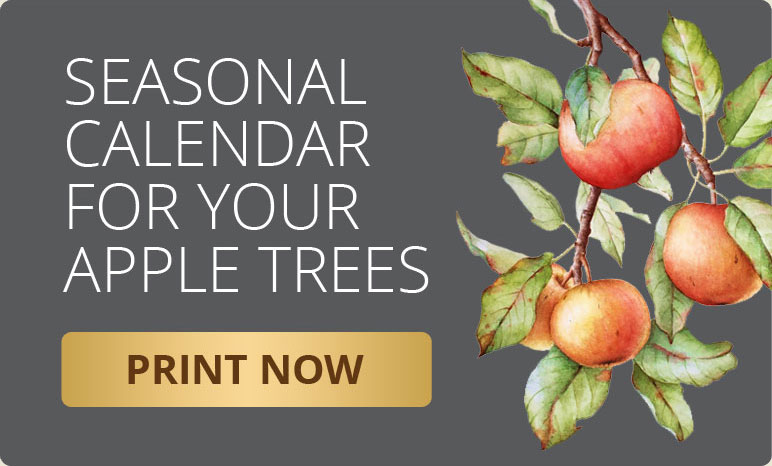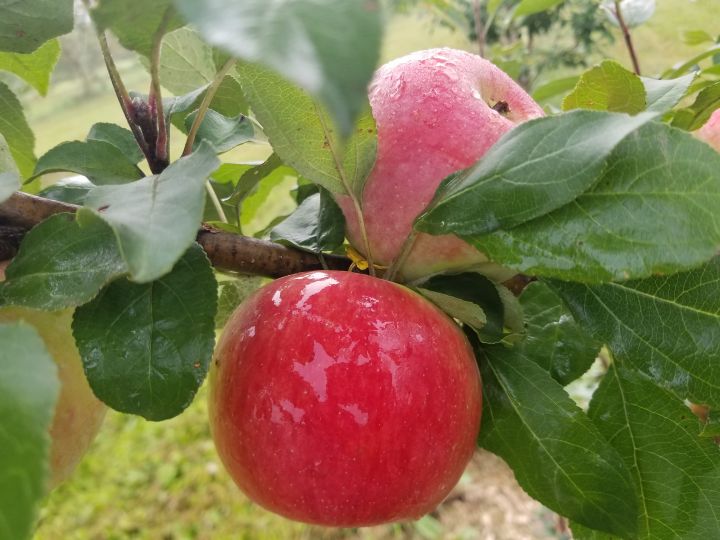Our primary focus is getting you on your journey to grow fruit organically. Not only do we offer an incredible selection of fruit trees and supporting plants, we offer the education you need to succeed.

Book a Strategy Session with Don
Are you looking to get started growing apple, pear, plum, and cherry trees? Are you facing some challenges growing your fruit trees? Get expert advice and solutions from Don over-the-phone or in-person.
PHONE CALLS
$39 for a 20-minute strategy session
$100 for a 60-minute strategy session
Schedule your strategy session online now.
IN-PERSON VISITS
Call 715-723-8001 or email Don for pricing and more information.
Newsletter Sign-Up
Sign up for our FREE Orchard Run Newsletter and get a FREE report: What You Must Know Before Buying Fruit Trees
Next Workshop
Fruit Tree Pruning Workshop
March 8, 2025 @ 10 AM
$67
Need a confidence boost? You will get one at this workshop! We will cover pruning a variety of fruit trees. One of the many things Don has learned by going to homes just like yours is that you have good intentions, but when you get to the tree one of two things happens. When you get up to the tree, it is difficult to figure out which branches to take out. Or when you get up to the tree, you prune many of the branches you can easily reach from the ground. This workshop will help you change your perspective. Instead of looking at which branches to take out, you'll learn to look for which ones to keep and work your way from there. Learning how to prune will take you into the future a few years. By looking at the tree's branch structure, you can see what it is going look like in a few years, and plan ahead so that you will be picking fruit where you want to. This workshop will be held in between Cadott and Augusta Wi. Address will be provided to registrants.
If you want to gain confidence in pruning your fruit trees and berry bushes, Don covers a vast area in Wisconsin and Minnesota to prune with you so that you know how to make proper cuts, leave the right branches, maintain your pruning tools, identify problem areas and how to deal with them.
If you'd like, give Don a call to have him come right out to your trees and prune with you. By the time you are done, you will have all the confidence you need, the know how, and the why to prune. Go ahead and call Don now to get on the calendar, 715-723-8001. The time Don does this is the last half of February, and March. Call ahead of time though to schedule.
We Are Open For The Season!
Bareroot is in full swing for apple trees.
For those who prefer bagged or potted apple trees, in another week or so we will be bringing out those bagged and potted apple trees. Many cultivars will be available.
We hope to see you!
-Don, Janeen, Shirley, and Mark


